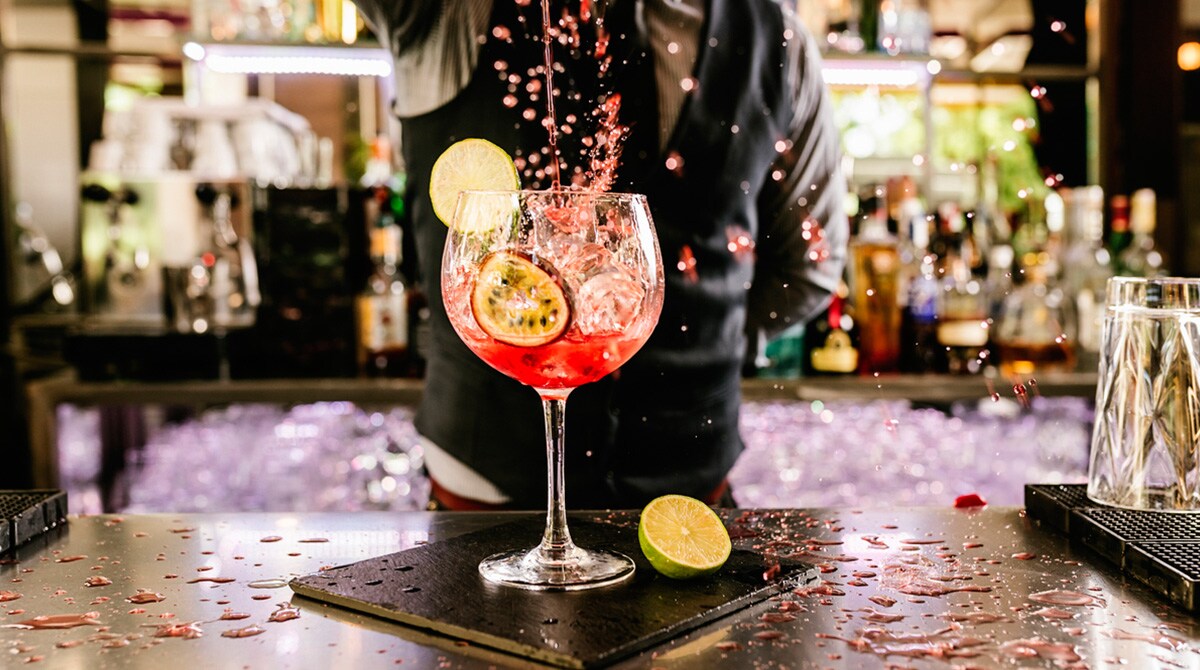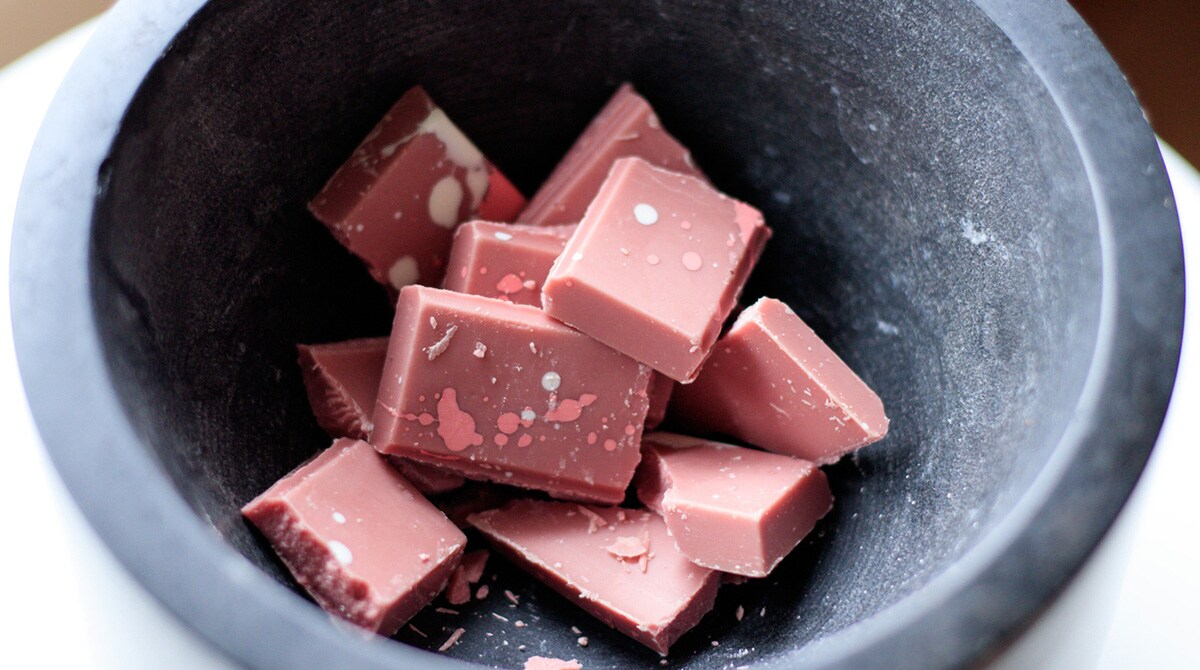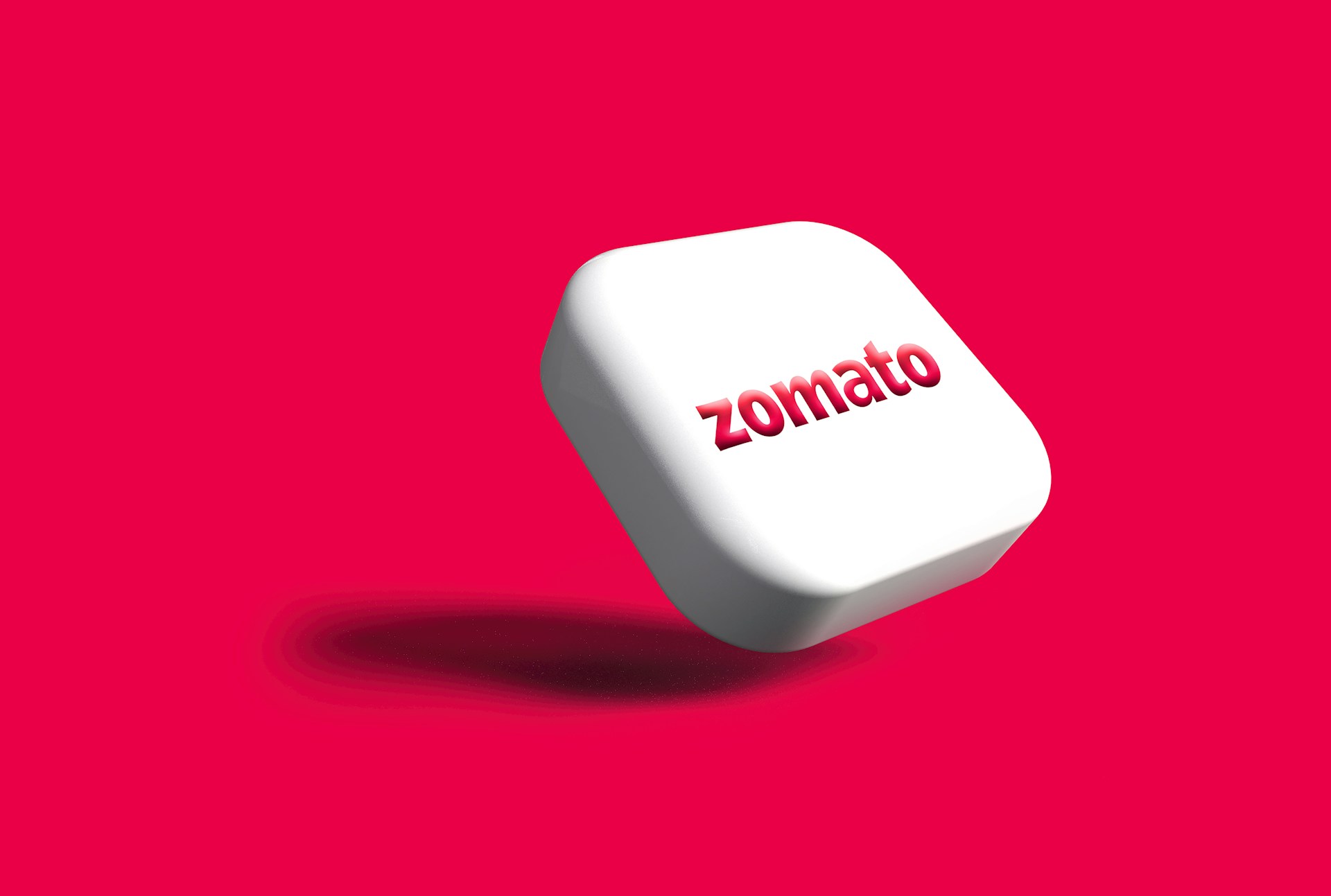It was the year of 'revenge' tourism. The year most of the world returned to a new sense of normalcy in the aftermath of the first two years of the decade that were impacted by the pandemic. We finally stopped hearing the overused catchphrase - 'The new normal', as the world began to return to some of the things we previously enjoyed. But many of the trends that the pandemic sparked - whether it's the rise of niche cloud kitchens, increased focus on wellness food or home bars, lingered on and seamlessly became part of our lives. We ended the year on a fresh note of optimism that was also reflected in the F&B industry. Normal service has resumed and we all hope it only gets better from here in 2023 and beyond.
Here Are 10 Food And Dining Trends That Shaped 2022:
1. Flexitarians and reducetarians

Mock Meat
I've often defined myself as a flexitarian, except now more people understand the term. We heard 'reducetarian' and flexitarian more during the course of the year across the world as more people embraced moderation in meat consumption instead of going completely vegan or vegetarian. Concern for health and the environment were the key drivers for this trend. I met Master Chef Michael Weldon in Delhi during his travels in India this year and he mentioned how India was the easiest country to be vegetarian and the one place where herbivores don't have to compromise on options. That's one reason why many Indians have probably been 'reducetarians' even before the world discovered this catchphrase.
Also Read: Are Plant-Based Proteins The New Meat In Future - See What Experts Say
2. Your balcony is your next food source

Urban farm produce could be the next big thing in India and it's not just in large homes with garden patches and massive backyard kitchen gardens. Hydroponics became a buzzword as rooftops and balconies became the new action spots for newbie home gardeners who tried to grow everything from herbs to veggies without being overwhelmed by space constraints.
3. Diets get personal
While fad diets continued, a growing number of Indians began to write their own wellness scripts without being overawed by trends. Blame it on the pandemic, but wellness became a personal thing with a clear recognition that what works for someone else may not necessarily work for you. We understood our bodies better, zeroed in on what we need and thanks to a plethora of content creators, figured where to source the ingredients and recipes that work for us.
Also Read: Top Food Trends For 2023: Here's What Will Dominate Next Year
4. Culture meets nostalgia

When Chef Sashi Chelliah picked on Peranakan cuisine for his first restaurant (The Pandan Club) in India, it demonstrated a wider trend. Indian diners are more open to exploring cultures through cuisine and it's not just when they travel. Bengaluru became home to one of India's first authentic Brazilian restaurants (Boteco) while Chennai witnessed the launch of a Singapore cuisine restaurant (Mr Ong at the Park Hyatt). It wasn't just International cuisine. Many home cooks used the cloud kitchen route across the country to showcase micro cuisines while nostalgia and a love for forgotten recipes was fuelled by Internet search trends and Instagram.
5. Trending ingredients and recipes
Instagram and TikTok (in global markets) set the food trends; no surprises here. Cloud Bread (made with just three ingredients including eggs and cream cheese) to Charcuterie Boards (a French tradition for a few centuries now) were among the big food trends. Yuzu and turmeric were among the trending ingredients internationally.
6. The rise and rise of cocktails

From Omya at The Oberoi Delhi to Copitas at the Four Seasons in Bengaluru the Negroni week (in September) saw an unprecedented response in India. It's part of a wider trend echoed in Bacardi Limited's annual Bacardi Cocktail Trends Report in collaboration with The Future Laboratory. 50% of bartenders globally report that their customers are drinking more premium drinks and cocktails (including in the canned format of premium prepared cocktails). This represents an evolution in bar-goers' behaviour since the start of the pandemic. We're also seeing a wider market for pre-mixed cocktails and seltzers in India. Year 2023 could also see the emergence of more 'zero-proof' spirits.
Also Read: 5 DIY Cocktail Recipes With A South Indian Twist
7. Premiumisation
The Cocktail Trend report suggests that discerning attitudes are emerging among new alcohol connoisseurs, who are seeking out high-quality drink experiences - driving another wave of premiumisation across spirit categories. This focus on high-quality spirits is also fuelled by a return of international travel - airport duty-free stores are back in the mix. While exotic botanicals like elderflower and lavender are playing out at a neighbourhood bar near you.
8. Back to global

Ruby chocolate
Fine ingredients are back on the table; expat chefs are back in premium restaurants and hotels and new international chocolate variants like ruby and gold chocolate (with caramel and toffee notes) are back in the mix as travel gradually moves from revenge tourism to normal service even as hotel rates and airfares continue to spike.
9. Coffee snobs became snootier
Coffee is the new wine. We've heard this a lot in Bengaluru and hipster neighbourhoods across India over the last few years; coffee only got more complex this year. More coffee enthusiasts across the country invested in home equipment and experimented with a wider variety of coffees as retail supply chains were restored and cafes across India became even more experiential.
Also Read: 13 Best Coffee-Based Recipes | Easy Coffee Recipes
10. Experiential dining is back

I still remember my first international trip this year to Singapore this year when I had to mask up each time, I left my table to walk towards the breakfast buffet at my hotel. That changed and so has the obsession with outdoor dining. While many hotels and restaurants continue to maintain high hygiene and safety protocols, these don't no longer hamper guest experiences. While we might have become used to QR code menus, many restaurants have switched back to printed menus. Dining and interactions with restaurant staff have become more personal again as masks have made way for real smiles. Here's to that!
Disclaimer: The opinions expressed within this article are the personal opinions of the author. NDTV is not responsible for the accuracy, completeness, suitability, or validity of any information on this article. All information is provided on an as-is basis. The information, facts or opinions appearing in the article do not reflect the views of NDTV and NDTV does not assume any responsibility or liability for the same.
About Ashwin RajagopalanI am the proverbial slashie - a content architect, writer, speaker and cultural intelligence coach. School lunch boxes are usually the beginning of our culinary discoveries.That curiosity hasn’t waned. It’s only got stronger as I’ve explored culinary cultures, street food and fine dining restaurants across the world. I’ve discovered cultures and destinations through culinary motifs. I am equally passionate about writing on consumer tech and travel.










